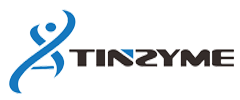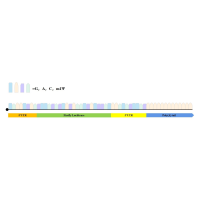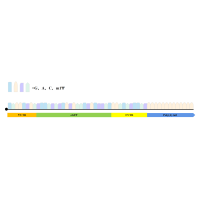
eGFP mRNA (N1-Me-Pseudo UTP)
2023-05-08
Sanger Sequencing Kit
2023-05-16M050804, Firefly Luciferase mRNA (N1-Me-Pseudo UTP)
Product Description
Luciferase is a general term for the enzymes that can produce biofluorescence in nature, the most representative of which is from the North American fluorescent worm (Photinus pyralis). The sequence of the firefly Luciferase mRNA (N1 Me Pseudo UTP) is from Photinus pyralis, and point mutation is carried out on the basis of the wild type sequence, significantly improving the stability of the protein and the suitable pH range. Once the product enters the cell, it will express Luciferase, Luciferase can catalyze the oxidation of the substrate D-luciferin to oxyluciferin. In the process of D-luciferin oxidation, bioluminescence will be generated at about 560nm wavelength and measured by a chemiluminescence meter or liquid scintillation meter. Firefly Luciferase is a commonly used bioluminescence reporter gene, which can be used as a control to study the translation efficiency of target genes in mammalian cells, Cell viability and in vivo imaging measurements. This product effectively reduces the autoimmunogenicity of mRNA in mammalian cells and enhances its stability by introducing N1-Me Pseudo UTP as a replacement for natural UTP. It also simulates mature mRNA with a 5 'Cap 1 structure and a 3' poly (A) tail, making it an ideal choice for studying transfection and expression using various assays
This product is a mature mRNA with a 5 'Cap 1 structure and a 3' poly (A) tail, synthesized using the T7 High Yield RNA Transcription Kit and modified by the Cap 1 Capping System

Product Features
1. The Cap 1 structure is more suitable for mammalian systems than the Cap 0 structure (ARCA and m7Cap) and has higher translation efficiency. Replacing UTP with modified base N1-Me-Pseudo UTP can reduce the intrinsic immune stimulation of IVT mRNA and enhance protein translation. The addition of Poly (A) tail inhibits RNA mediated innate immune activation, increasing the stability and lifespan of mRNA in vivo and in vitro. Poly (A) also plays an important role in improving translation initiation efficiency
2. The experimental method is simple and fast, with stable results and good reproducibility
3. mRNA is directly expressed in the cytoplasm and transfection efficiency is stable
Product Application
1. As a reporting material for gene regulation and functional research
2. Suitable for detecting mRNA transmission, translation efficiency, cell viability, and in vivo imaging
Quality Control
No RNA enzyme residue, single mRNA electrophoresis band, and stable transfection efficiency
Storage Condition
Store at -20 ℃ with RNase Free Water as the storage buffer
Packing Size
| component | M050804-100 | M050804-1000 |
| Firefly Luciferase mRNA (N1-Me-Pseudo UTP) (1mg/ml) | 100ug | 1mg |




